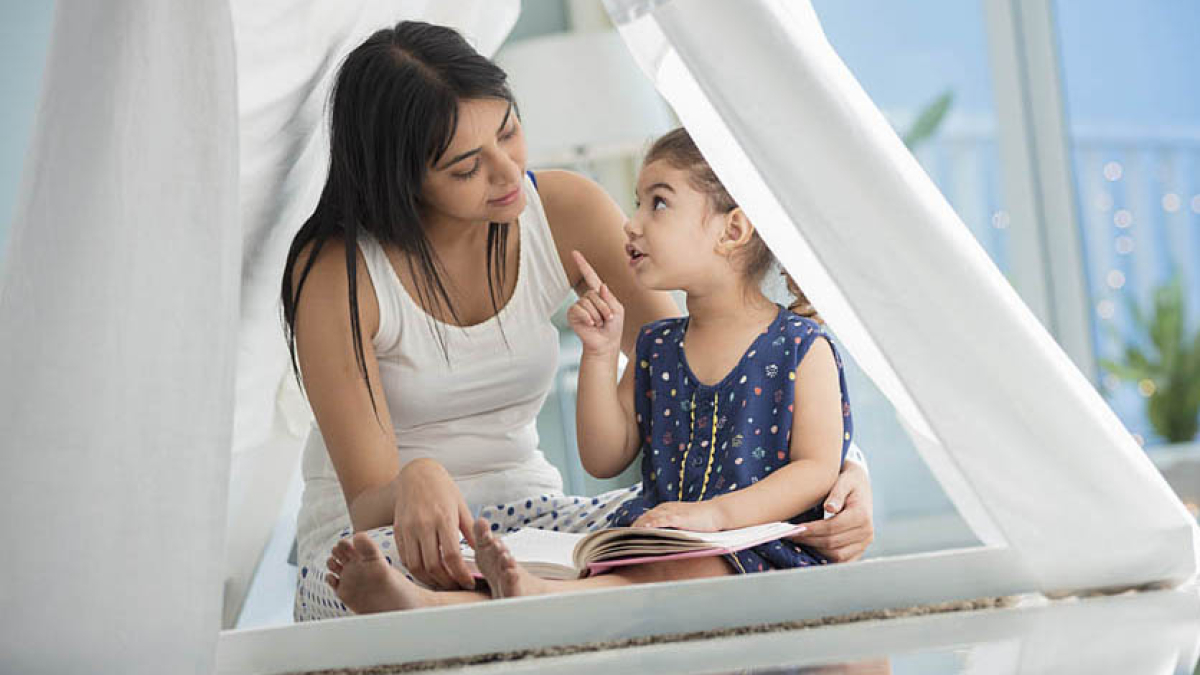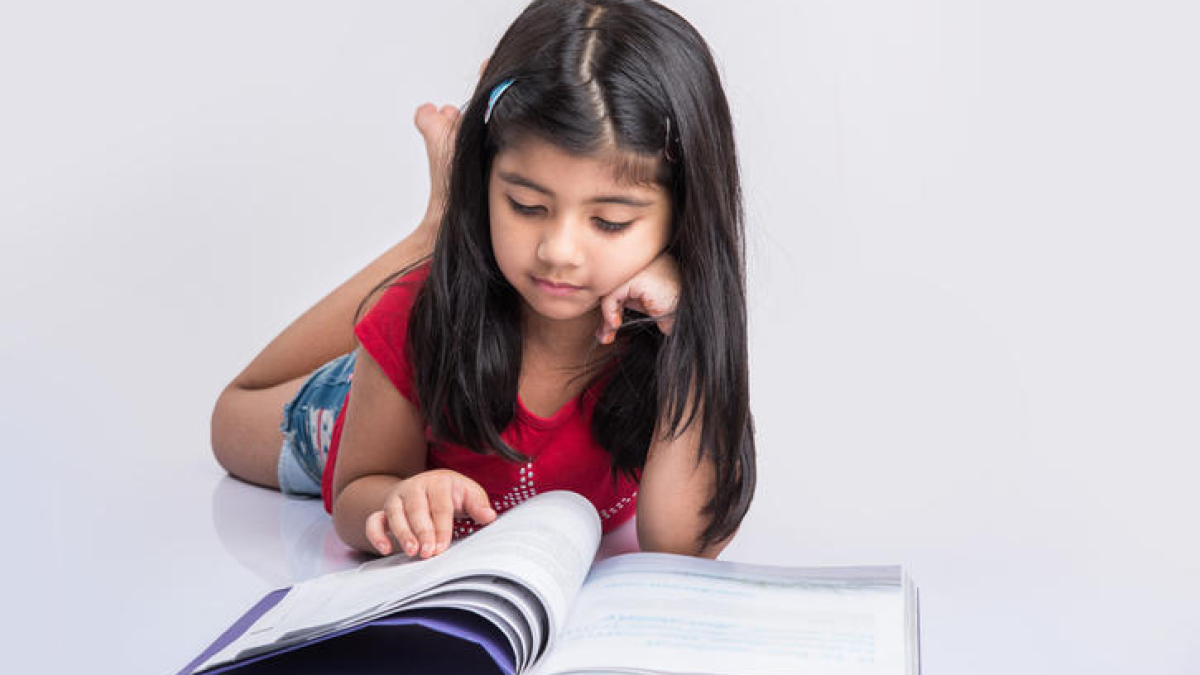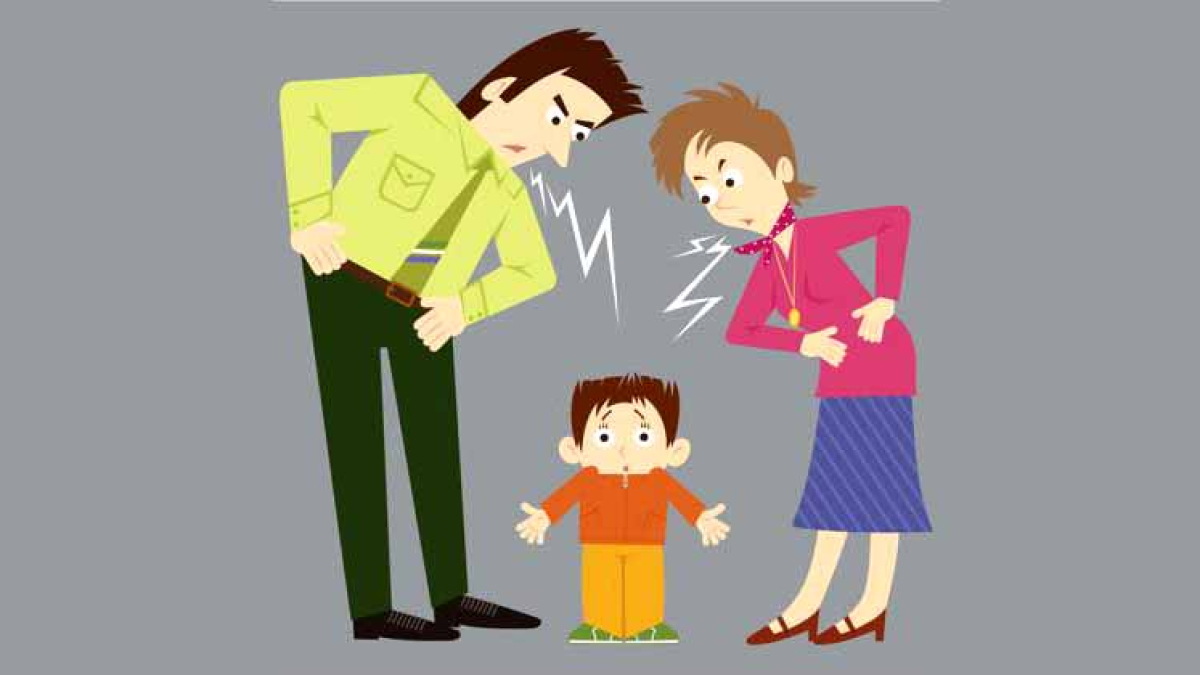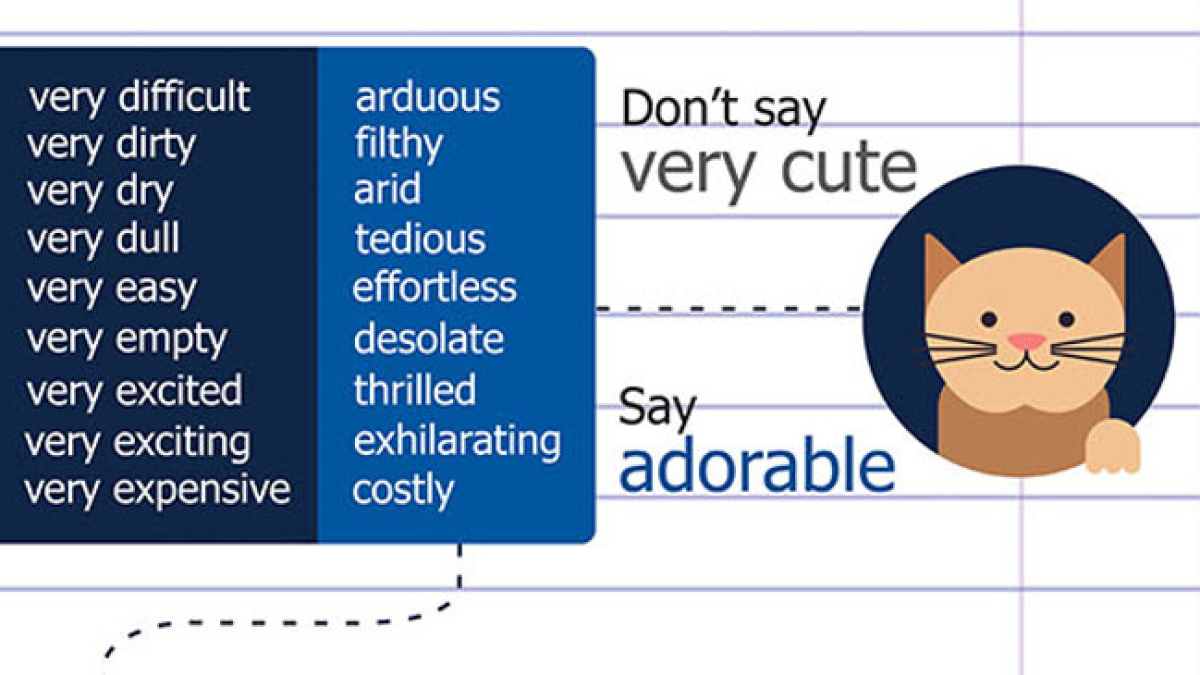And when I say play muddy with your child, it means roll up your sleeves, get into your track pants, move into the outdoors, and play in the mud.
Enough of being cooped up within four walls.
Table top learning and teaching has its benefits but a preschooler needs a healthy mix of outdoors and indoors.
Kindergartners need to jump, roll, skip, experiment and sweat it out. Their neurons are multiplying at an iconic speed and we need to channelize their energy towards development of multiple skills. So step out.
Children are born curious. Their curiosity needs to be fueled for their imagination to take wings. All this may not be possible indoors. So step out.
Children need to develop their social skills. They need to learn to manoeuvre their space and their bodies. They need to touch and feel Nature.
Hence the need to step outdoors.
0 to 6 are the magic years where the parent is looked upon as a ‘magician’ by the child. All the more reason for parents to make the most of it and try and make this magic come alive for their children.
I understand that many of us live in highrise apartments or homes that may not have a playground or a park in the immediate vicinity. We lead far more controlled and contained lives. Academic instructions are rigorous, parents are overworked and exhausted.
But the fact is that outdoor play and outdoor environments fulfill children’s basic needs for freedom, adventure, experimentation, risk-taking and just being children!
For those of us who are wondering what and how to begin, here are a few thoughts:
| Your preschooler has begun writing. Put the paper and notebooks aside and get them to practice writing in the outdoors. Pick up a twig and trace the alphabet in the mud. Pick up some fallen leaves and form shapes. Encourage your child to raise his hands and do some air tracing. Or maybe pick up the notebook and do the writing work in a park? You are helping your child nurture observation and listening skills. |
Let your Preschooler sit around some old tyres and trace the circle shape around it. Give your child some chalk and let them draw in the space within the tyres. That encourages self exploration and Creativity.
Build a stick maze in the grass and let your child run through it. This would be a wonderful sensorial experience that makes them more receptive to their natural world. Join the maze chase and burn a few calories yourself too. In fact, give them the sticks and let them build a maze.
| Draw the alphabets on the ground with coloured chalk and give a water spray bottle to the child. Ask the child to spray the alphabet along the shape. This is a Fun Activity that is great for pincer grip development and alphabet recognition in early childhood. Next day, you could ask your child to just line up a few pebbles or leaves along the alphabet shape. Third day, substitute the alphabet with numbers perhaps! This helps them understand complex vocabulary and number relationships.. |
| If there is a basketball court around, string a couple of hula hoops for your toddler to have fun. They can swing some balls through it easily. If there is no basketball court around, you can hang the hula hoops from a tree branch as well. They learn to manipulate their bodies around spaces while having a thrilling time. They begin to learn about goal setting – the ultimate aim is to shoot a basket. |
| Help your child to make and wear this Nature Bracelet. This will give the concrete learning on colours, plants, insects, feathers, birds and what not. Keep manipulating the items as per the learning needs of your child. |
Draw a small game of Ludo or Hopscotch in your verandah or any open space available. The kids will happily spend hours running around. Not only does it beat child obesity, it also encourages peer play. Wash off the pattern and draw a new one, once the child gets bored. You are the architect of their play. Cooperative play will be nurtured so naturally.
| Turn your clothes washing line into a literacy game. Pick up a pack of story cards and string them along the sheet, one by one. Make your child read the pictures or the story. Switch the cards around and break the pattern. This encourages your child to think out of the box. What if Little Red Riding Hood wore a blue coloured hood? Its always good to break the conditioned patterns, once in a while. It does wonders to encourage flexibility of thought in the child. |
And when the adults bring down their guard and join the kids in all kinds of muddy play, it has immense benefits for them as well. Children begin to see parents as friends and companions. It sets the foundation for a healthier parent – child relationship.
So stop worrying and get muddy!










